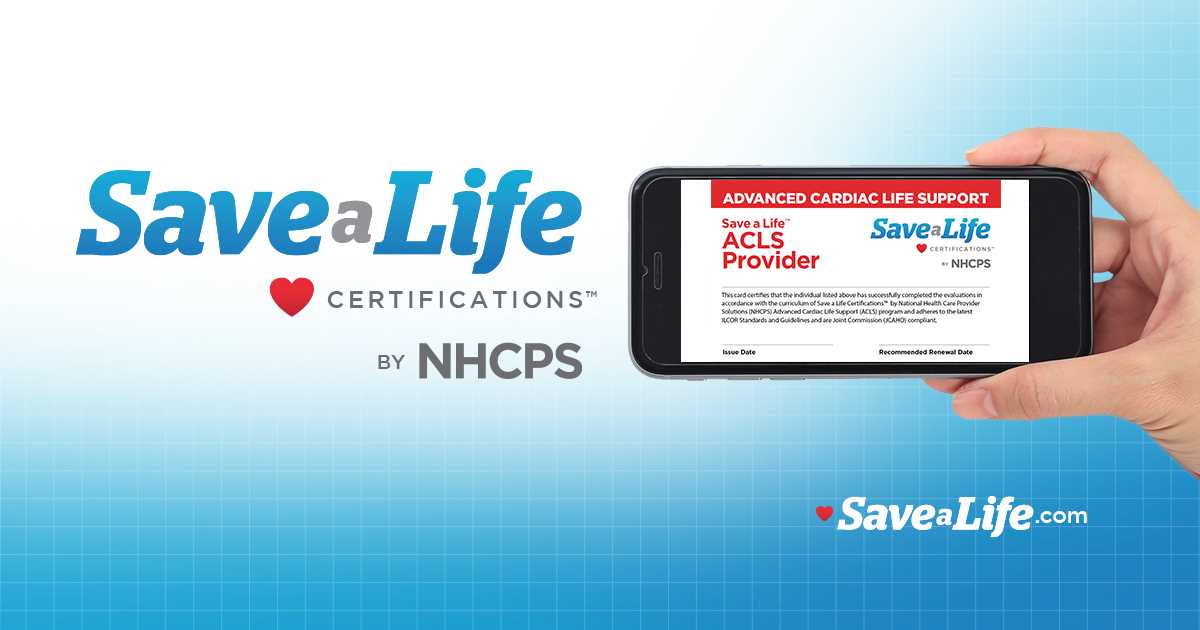
When preparing for certification in emergency response procedures, it is crucial to understand the core principles and techniques required for effective intervention. This section will guide you through the key knowledge areas and essential methods tested during the evaluation process. With the right preparation, you can confidently demonstrate your ability to act in critical situations.
Practical expertise in handling emergencies is necessary for saving lives, and being well-versed in the procedures is fundamental to passing the certification process. This preparation involves both theoretical knowledge and hands-on skills that are assessed to ensure competency in real-life scenarios.
Success relies on understanding both the critical steps in medical emergencies and the correct application of methods during an evaluation. Through focused study and practice, you will gain confidence in your ability to pass the test while being prepared to handle emergencies effectively and safely.
Understanding Essential Emergency Response Skills
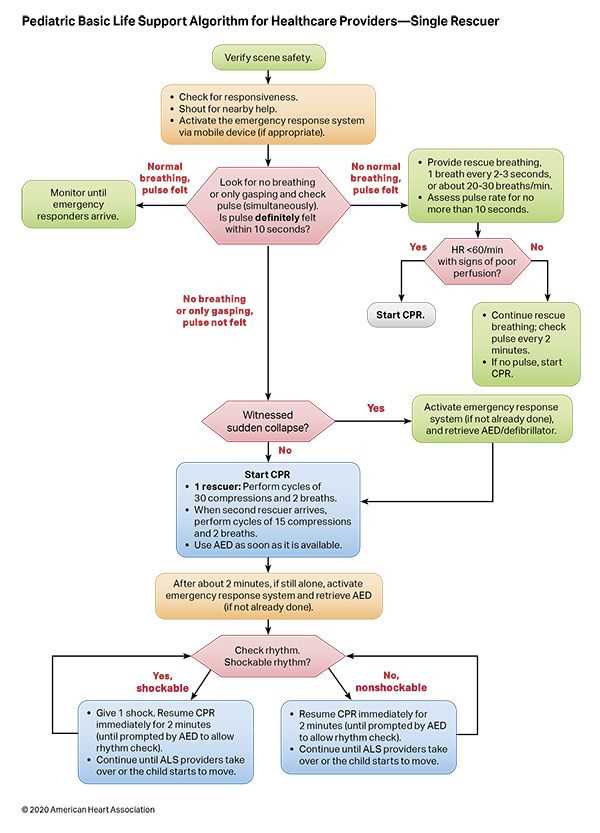
In any certification process for emergency intervention, there are core areas that are consistently evaluated. Grasping the fundamental principles and techniques for effective response in critical situations is crucial for success. The ability to perform well in the evaluation depends on the mastery of these key skills, which are necessary for saving lives and ensuring safety during emergencies.
Here are the vital areas to focus on when preparing for the test:
- CPR Techniques: Mastering cardiopulmonary resuscitation methods is critical. Practice chest compressions, airway management, and rescue breathing to ensure quick and accurate response.
- Recognition of Emergencies: Being able to identify the signs of life-threatening situations, including heart attacks, strokes, and respiratory failure, is fundamental to effective intervention.
- Correct Use of Equipment: Familiarize yourself with the proper application of defibrillators and other emergency tools that may be used in critical care scenarios.
- Team Coordination: Successful outcomes in emergencies often rely on teamwork. Learn how to work efficiently with others in high-pressure environments.
- Assessment of the Situation: Develop the ability to quickly assess a person’s condition and make informed decisions regarding treatment, ensuring that each action is appropriate for the situation.
By focusing on these areas, you can increase your confidence and preparedness for any challenge during the evaluation process, allowing you to demonstrate competence in life-saving interventions.
Understanding CPR and Its Role
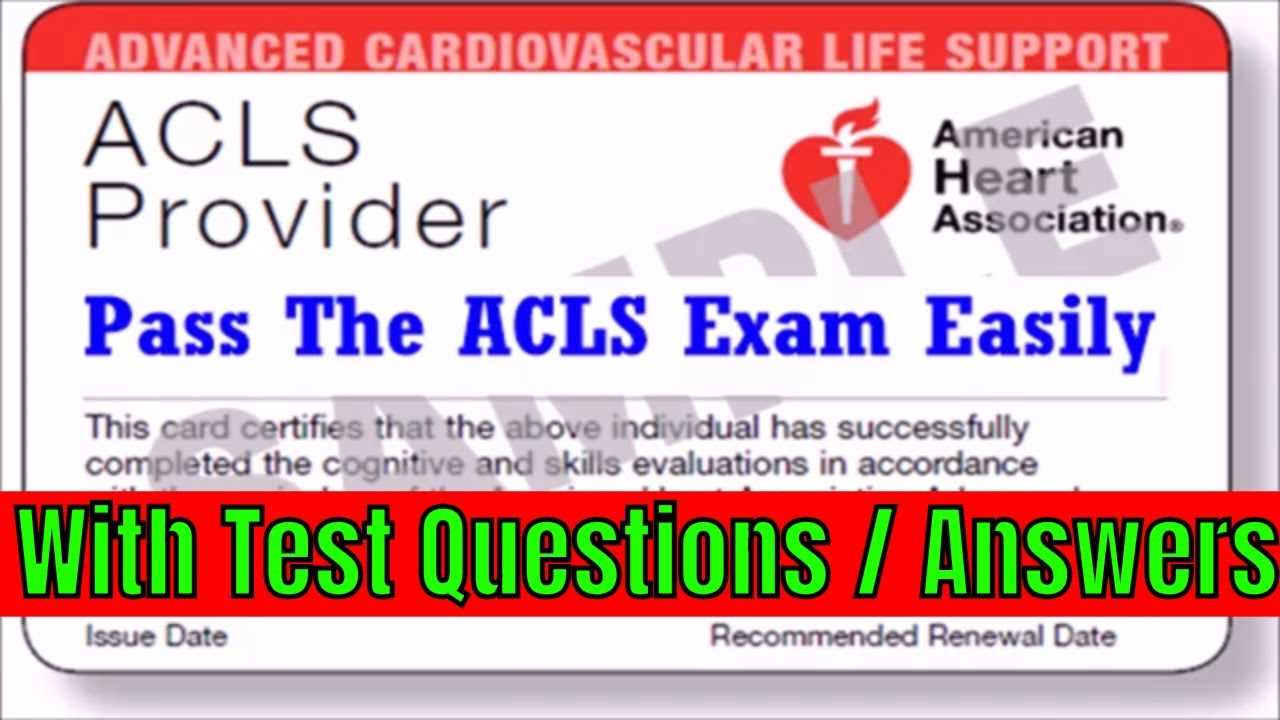
Cardiopulmonary resuscitation (CPR) is a crucial emergency technique that can significantly increase the chances of survival during a life-threatening event. It is a process that involves manual intervention to restore circulation and breathing in individuals who have suffered cardiac arrest. Mastery of CPR techniques is essential for anyone aiming to perform effectively during a medical emergency.
When performing CPR, the key actions involve chest compressions, airway management, and rescue breaths. These techniques aim to maintain blood flow to vital organs, especially the brain, until advanced medical help arrives. The ability to act quickly and correctly in these situations can be the difference between life and death.
Understanding when and how to apply CPR is a critical component of emergency preparedness. It requires not only knowledge of the proper procedures but also the confidence to perform them under pressure. Practicing CPR regularly ensures that these skills become second nature, allowing responders to act swiftly in real-life situations.
Crucial Skills for Certification
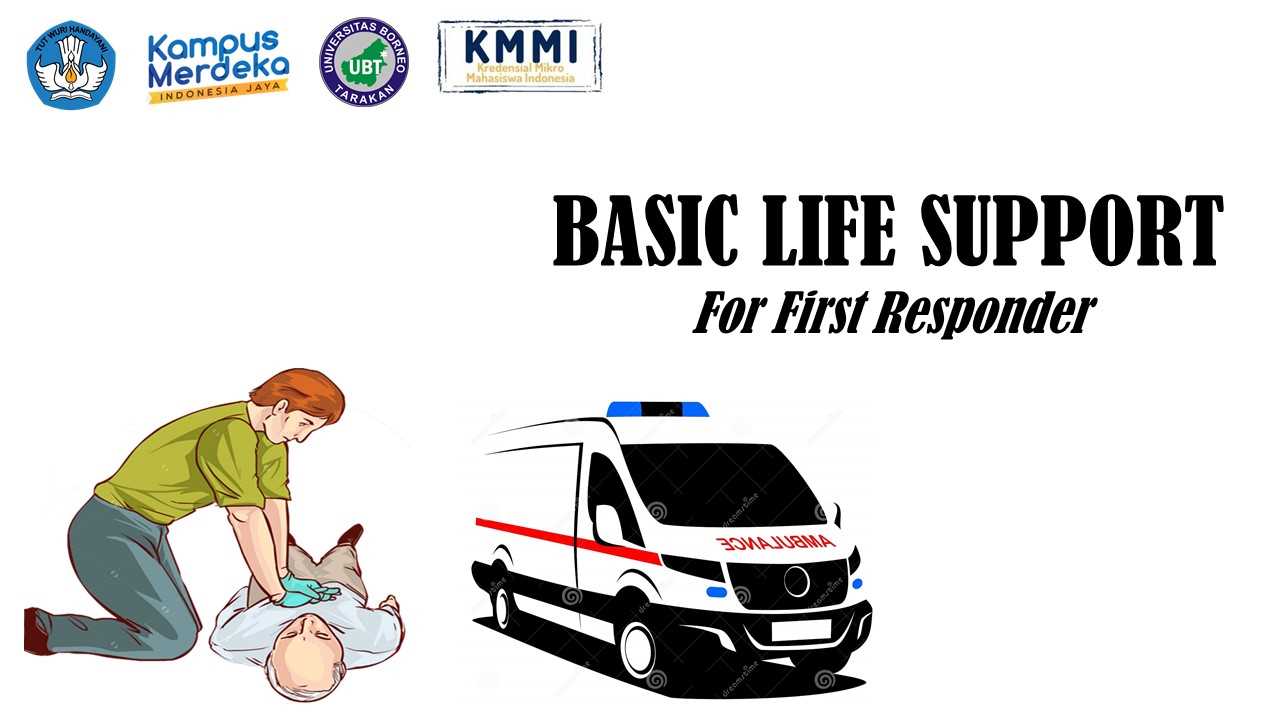
To achieve certification in emergency response, there are several essential competencies that must be mastered. These skills form the foundation for effective action during critical situations and can significantly improve outcomes for individuals in need of urgent care. A strong grasp of these abilities is vital for passing any relevant assessment and ensuring readiness to respond in high-pressure environments.
Key skills include the ability to recognize life-threatening conditions, perform key interventions such as chest compressions, and effectively manage airways. Moreover, proficiency with equipment like defibrillators and knowing when to utilize advanced medical support are crucial for providing comprehensive care.
Additionally, communication and teamwork are vital elements. Being able to coordinate effectively with other responders ensures that efforts are unified and focused, improving the overall success of the intervention. Developing these skills through both theory and hands-on practice prepares individuals to meet the challenges of emergency situations with confidence and competence.
Frequent Errors in BLS Assessments
During assessments of emergency response skills, there are common mistakes that individuals make which can impact their performance. These errors often arise from a lack of understanding of procedures, rushed actions, or improper technique. Recognizing these mistakes and knowing how to avoid them is crucial for success and ensuring that interventions are both effective and safe.
Common Mistakes During the Evaluation
While performing life-saving interventions, some actions may be performed incorrectly, leading to lower scores or failed assessments. Below are some of the most frequent mistakes made during testing:
| Error | Description | How to Avoid |
|---|---|---|
| Improper Chest Compressions | Insufficient depth or speed during compressions can lead to ineffective circulation. | Ensure compressions are at least 2 inches deep, with a rate of 100-120 compressions per minute. |
| Delayed Response | Taking too long to begin CPR or using equipment like AEDs can result in negative outcomes. | Begin chest compressions immediately and use the AED as soon as it’s available. |
| Incorrect Airway Positioning | Failing to properly open the airway can block airflow and prevent effective breathing. | Use the head-tilt, chin-lift method to ensure the airway is open before providing rescue breaths. |
| Not Monitoring Victim | Failing to assess the victim’s condition after initial interventions can delay necessary adjustments. | Continuously monitor the victim and adjust your actions based on their response. |
Importance of Correcting Mistakes
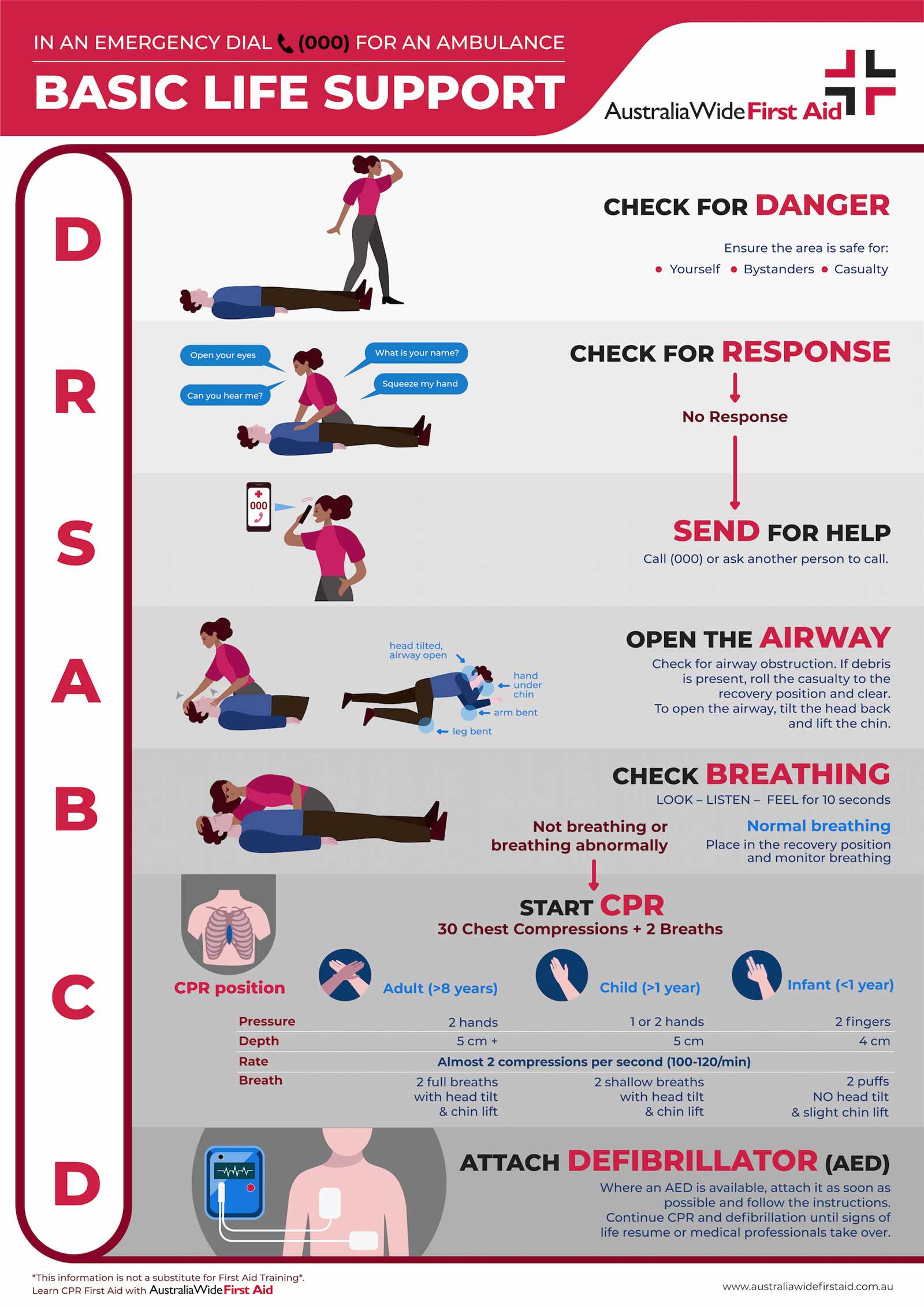
Each of these errors can result in ineffective interventions, which may not only affect the outcome of an assessment but could also pose risks in real-world situations. By practicing regularly, receiving feedback, and continuously refining your skills, you can avoid these mistakes and increase your readiness to perform correctly under pressure.
Step-by-Step CPR Practice Guide
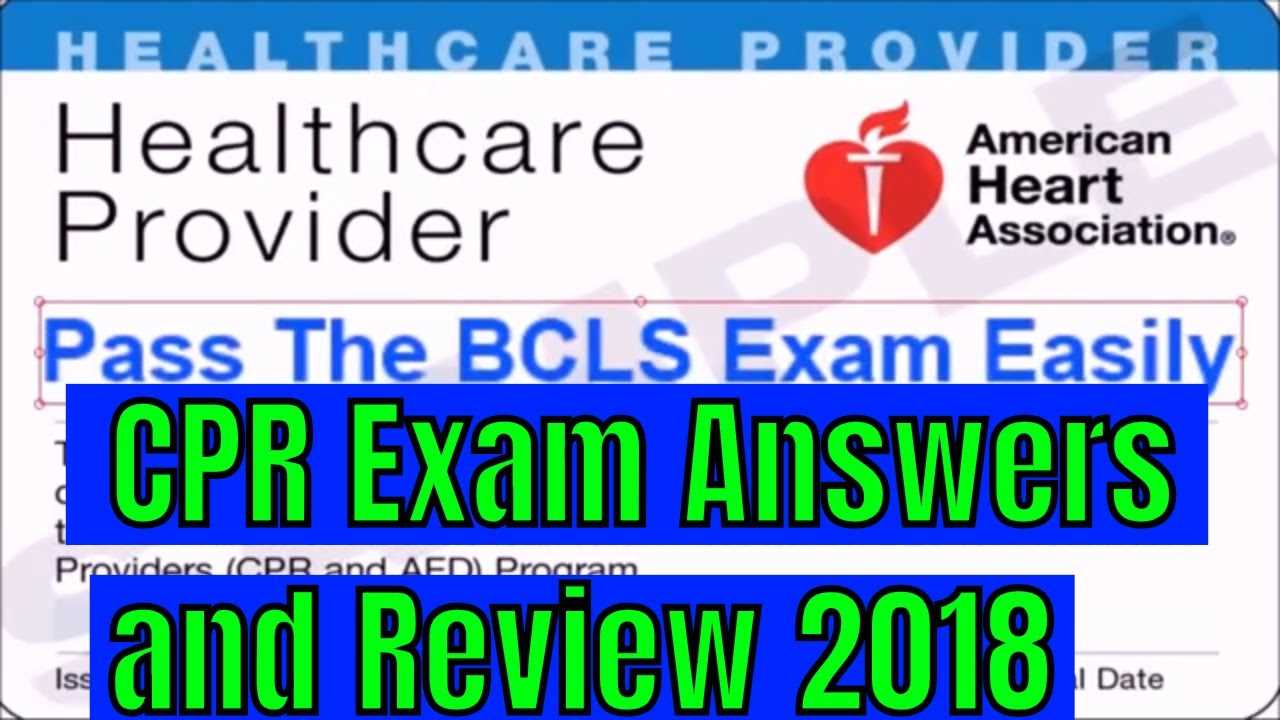
Being proficient in cardiopulmonary resuscitation (CPR) is essential for responding effectively during emergencies. Mastering the correct steps and techniques ensures that individuals can provide timely and effective care. This guide will walk you through each phase of CPR to help you practice and refine your skills, allowing you to act quickly when needed.
Follow these critical steps to perform CPR accurately:
- Assess the Situation: Ensure the scene is safe for both you and the victim. Check for responsiveness by tapping the person and shouting. If unresponsive, call for help immediately.
- Open the Airway: Position the victim on their back. Use the head-tilt, chin-lift method to open the airway and check for breathing. If the victim is not breathing or breathing abnormally, proceed with CPR.
- Chest Compressions: Place your hands in the center of the chest, just below the sternum. Perform compressions with a depth of at least 2 inches and a rate of 100-120 per minute. Allow the chest to fully recoil between compressions.
- Rescue Breaths: After every 30 compressions, give 2 rescue breaths. Pinch the victim’s nose, cover their mouth with yours, and provide a breath that lasts about 1 second, ensuring the chest rises.
- Continue Until Help Arrives: Keep performing cycles of 30 compressions and 2 breaths until emergency medical personnel arrive or the person shows signs of life, such as breathing or movement.
Regular practice of these steps will help you build muscle memory, ensuring that you perform each action accurately and confidently during a real emergency. CPR can save lives, and being prepared to administer it effectively can make all the difference.
How to Prepare for Certification
Preparing for a certification in emergency response requires focused practice, understanding of key procedures, and the ability to demonstrate those skills under pressure. The process involves mastering essential techniques and building confidence so you can perform effectively when needed. By following a structured approach, you can increase your chances of success and be ready to handle critical situations with expertise.
Here are some steps to guide you in preparing for the certification process:
- Review the Materials: Start by studying the provided training materials. Familiarize yourself with the core concepts, techniques, and guidelines that will be tested. Understanding the theory behind each action is just as important as practicing the physical skills.
- Participate in Hands-On Practice: Practical experience is crucial. Enroll in a hands-on course or attend practice sessions where you can perform the necessary procedures, such as chest compressions, airway management, and using equipment like defibrillators.
- Take Practice Tests: Simulate the conditions of the certification test by taking practice quizzes and tests. These will help you familiarize yourself with the format and timing, as well as identify any areas that need improvement.
- Stay Calm Under Pressure: Test situations often involve time constraints. Practice performing the skills under timed conditions to build comfort with working quickly and efficiently while maintaining accuracy.
- Review Common Mistakes: Understand the common errors that people make during assessments and learn how to avoid them. Familiarity with these mistakes will help you stay focused and perform each step correctly.
With thorough preparation, you can approach the certification with confidence, knowing that you have the skills necessary to act effectively in emergency situations. Regular practice and ongoing review are key to mastering the required techniques and passing the assessment with success.
Effective Tips for Passing the Exam
Successfully passing a certification assessment requires more than just knowledge of the material; it also involves strategy, practice, and the ability to perform under pressure. To ensure that you approach the test with confidence and accuracy, there are several key techniques and habits that can help you excel. By following these tips, you can improve your performance and increase your chances of success.
Here are some effective strategies to prepare for and pass the assessment:
- Master the Fundamentals: Make sure you fully understand the core principles and techniques. Study the material thoroughly and ensure you can apply it in real-world scenarios, not just in theory.
- Practice Regularly: Hands-on practice is essential for building confidence and muscle memory. The more you practice, the more naturally your skills will come when performing them under pressure.
- Stay Calm and Focused: During the test, maintaining a calm demeanor is key. Take deep breaths and focus on each step methodically, rather than rushing through the process. This will help reduce errors caused by anxiety.
- Review Key Procedures: Pay extra attention to critical actions such as chest compressions, airway management, and using medical equipment. Being able to recall these procedures quickly is vital for success.
- Simulate Test Conditions: Practice under timed conditions to get accustomed to the pace and pressure of the assessment. This helps you manage time effectively during the actual test.
By preparing thoroughly and following these tips, you can approach the assessment with greater ease and competence, ultimately increasing your chances of passing and demonstrating your readiness for emergency situations.